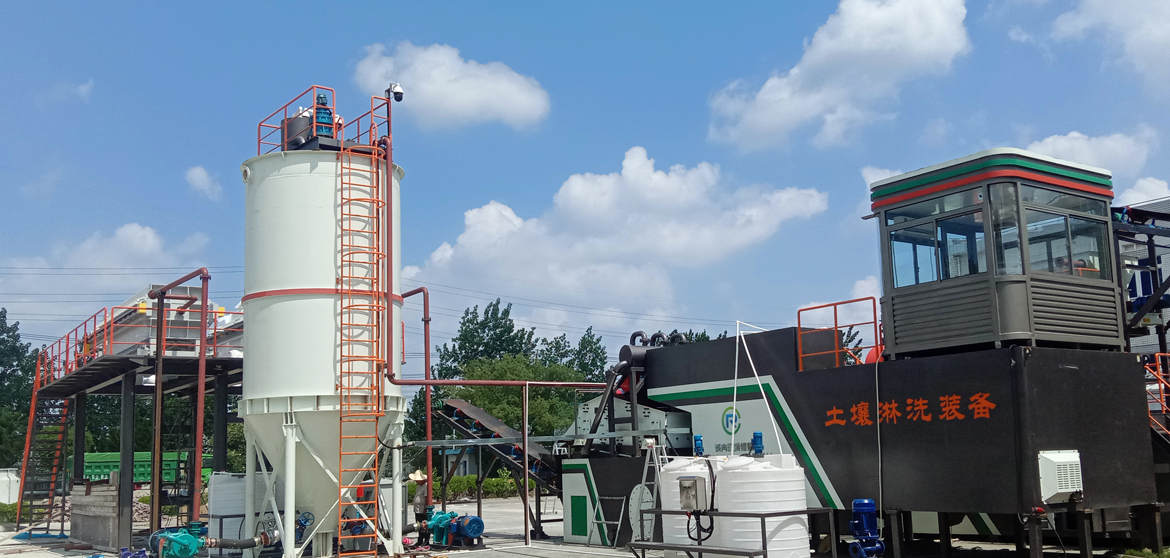Low-Carbon Soil Remediation: How Desen’s Washing plant Cuts Emissions for ESG Goals
Low-Carbon Soil Remediation: How Desen’s Washing plant Cuts Emissions for ESG GoalsWith global “dual carbon” goals (carbon peaking/carbon neutrality), environmental projects must now reduce carbon footprints—alongside cleaning pollution. Traditional soil washing equipment is a major
With global “dual carbon” goals (carbon peaking/carbon neutrality), environmental projects must now reduce carbon footprints—alongside cleaning pollution. Traditional soil washing equipment is a major emitter: it uses 150–200 kWh/hour electric motors or diesel engines (2.6 kg CO₂/liter fuel) and requires frequent soil/water transport (adding emissions). For companies aiming to meet ESG targets or local climate laws, these emissions are a barrier to compliance.

Desen’s low-carbon soil washing plant addresses this with **energy-saving design and closed-loop operations**.
Its key features include:
**Hybrid power system**: Combines a small diesel engine with a lithium-ion battery, cutting fuel use by 30% vs. all-diesel models. For sites with power access, it runs fully on electricity (zero on-site emissions).
**Intelligent energy management**: Sensors adjust motor speed based on soil load, reducing idle energy use by 25%.
**No transport emissions**: On-site treatment eliminates soil hauling (the biggest emission source for traditional methods).
A Beijing industrial zone case shows results: the plant remediated 8,000 cubic meters of soil in 2 months, cutting project emissions by 25% vs. traditional equipment. It also used soundproofing to keep noise ≤70 decibels, avoiding community complaints—a bonus for urban projects.





